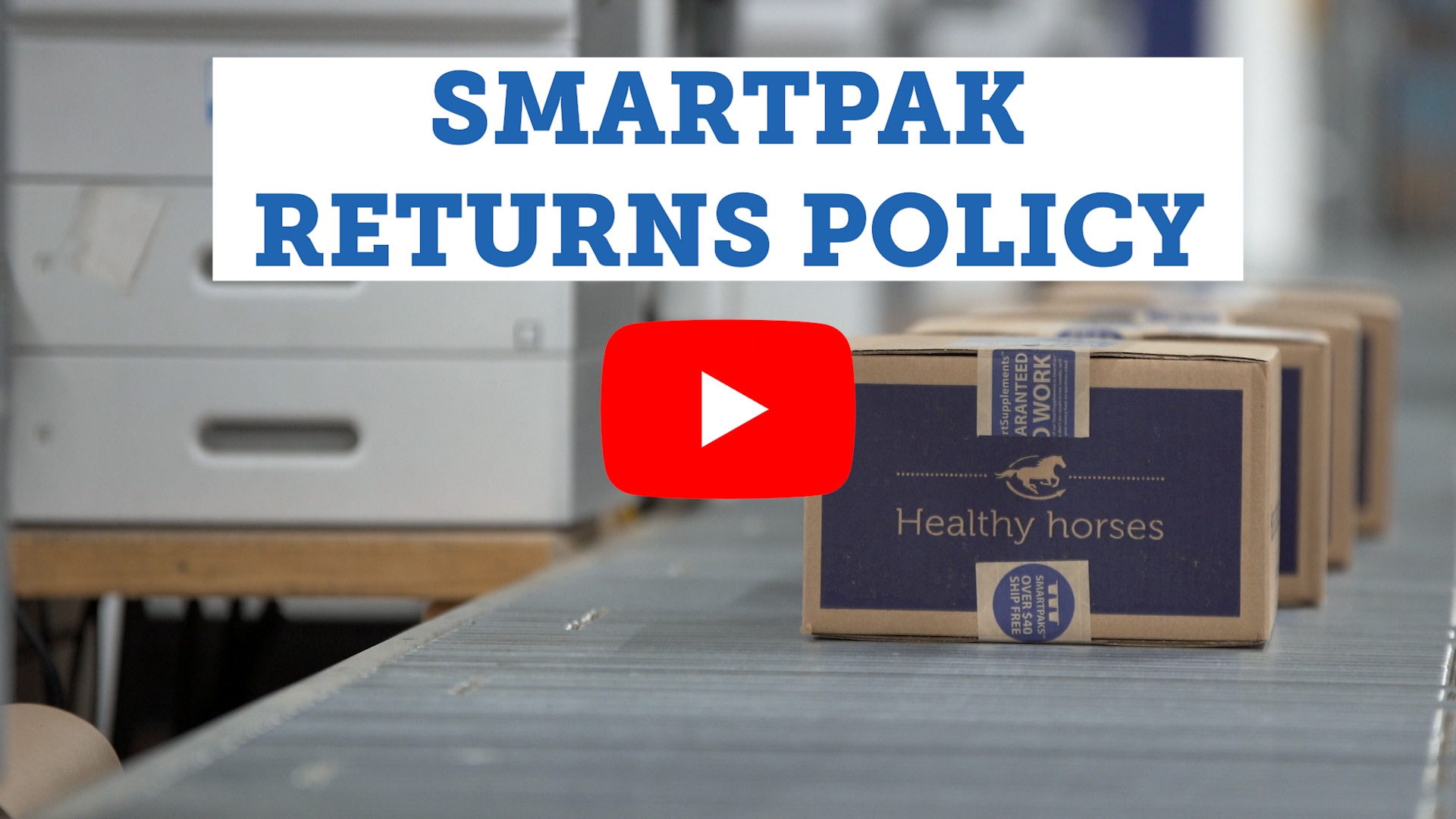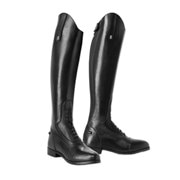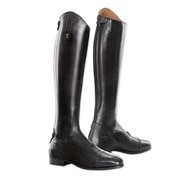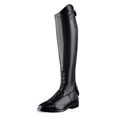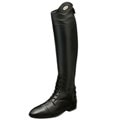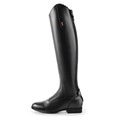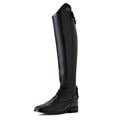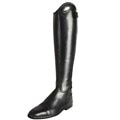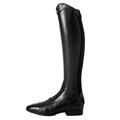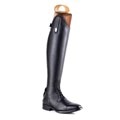Shop
SmartPak Network
Tall Riding Boots
As a rider, you spend a lot of time on your feet, so you need boots that are comfortable and stand up to life in the barn. At SmartPak, we’ve got you covered. If you need riding boots, we sell a full selection of tall boots made by top manufacturers including Ariat, Tredstep, and DeNiro. We understand that riders come in all shapes and sizes so we also have an array of sizes ranging from slim to wide calf tall boots. We are committed to helping riders finding the perfect pair of new boots, which is why all of our boots are eligible for free returns.
What You’ll Need
• a cloth tape measure
• a chair
• your regular breeches and socks
• a friend to measure you
Measuring
Calf
• Put on the breeches and socks you normally wear with tall boots.
• In a seated position with your leg bent, have your friend measure the widest part of your calf.
Height
• In a seated position with your leg bent, have your friend measure from your heel to the bend at back of your knee.
• As tall boots break in, the ankles will bend and soften, and the boots will “drop.” Depending on the boot style and type of leather, the drop will vary. Measurements shown on size charts
indicate the height of the boot before they drop.
Selecting a Size
Calf
• Calf fit depends on personal preference. If you’re between sizes it’s up to you whether to order up or down, keeping in mind that the leather will give and stretch a little bit as you break in your new boot. If you like your boots to “fit like a glove” when broken
in, you’ll want to start with a boot that is quite snug, which may mean ordering down. However, if you’re prone to weight fluctuations or prefer a more relaxed fit, consider ordering up.
Height
• As you break your new boots in, the leather softens and the rigidity of the boot relaxes. This is most noticeable in the ankle of the boot, which will start to showing a bit of creasing. As a result, the overall height of the boot will decrease slightly. This decrease in height is referred to as the “expected drop,” and can range from a few centimeters to a few inches, depending on the structure of the boot. It’s important to factor in the expected drop when measuring for new boots, otherwise they may end up being too short once they’re broken in.
• For example: if your leg height measures 18” and the boot’s expected drop is 1.25”, you’ll want to order a boot that’s around 19.25” tall.
• A note on fit: A tall boot that’s too short breaks up the line of your leg, creating an unflattering profile. If you’re in between sizes, we generally recommend ordering a size up. While the boots are breaking in, you can buy heel lifts, (sold at most drugstores), to help alleviate any rubbing at the back of your knee.
Can’t find your size?
If your foot, calf and height measurements don’t match up with any of these boots, don’t give up! Each manufacturer offers a slightly different style and fit, so there is probably a boot out there that comes close to your measurements. If you can’t find one that’s just right, consider ordering a custom boot or call 1-888-752-5171 for expert advice!
